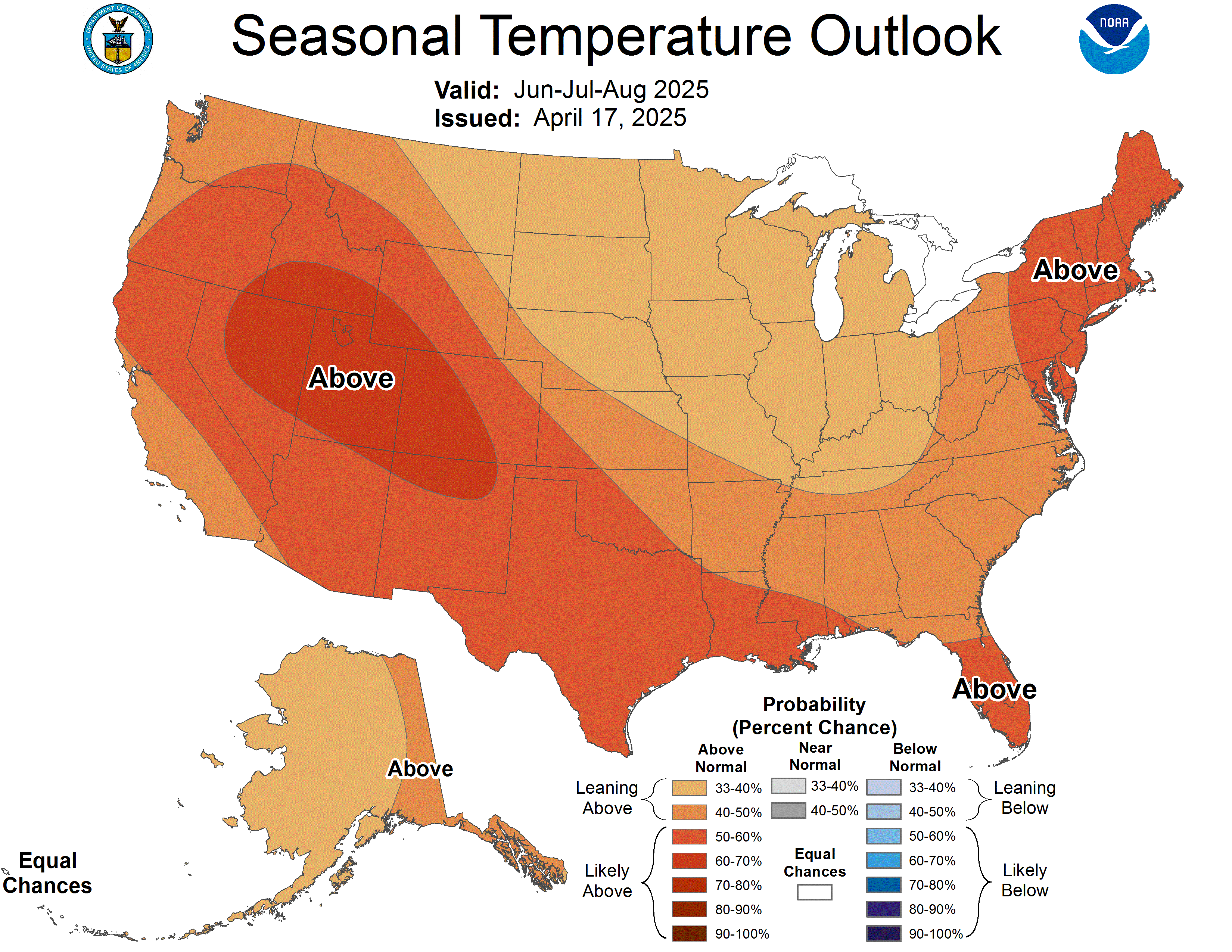Dionne wrote:It looks like a river of warm sea water flowing in between the Yucatan peninsula and Cuba.........heading north, right into the gulf. Interesting graphics.
That is the loop current (so called because it loops up into the GOM and then out south of Florida, and up into the Gulf Stream), and the start of an eddy at the top. The eddies pull off like taffy from the main flow and these rounded blobs of warm water move to the NW (usually). Last year, the eddies were particularly far north in the GOM, and this is what contributed to Katrina intensifying so close to the shallow continental shelf south of LA. Rita intensified in the loop current itself, and then dodged between two of the eddies when moving towards the western LA coastline (hurricanes are not steered by warm water, but by the atmosphere). The loop current also helped Wilma intensify before the FL landfall.
It is the deep warm water of the loop current and associated loop eddies that make rapid intensification of hurricanes in the GOM possible. Once intensified, if a hurricane is moving rapidly over warm SSTs, it can maintain a lot of its intensity, but in order to intensify in the first place, has to be over the deep warm water.
The cycle of how far north the loop current eddies move, is not an annual one. So it remains to be seen for this coming season how far north the eddies will flow, and this will have an inpact on the intensification of any possible GOM hurricanes, much more so than SSTs in the GOM.
Having said that, remember that along many places in the GOM coastline having a long shallow shelf, even a Cat 2 can bring enough surge for significant flooding to occur.








